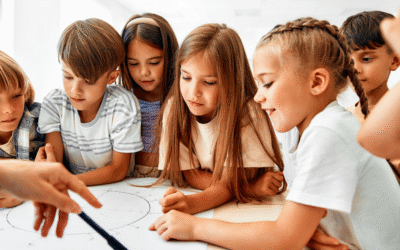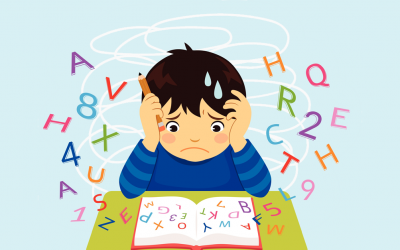What does «learning to think» mean?
Thinking empowers us and frees us from manipulation. It gives us the ability to make choices and strengthens our personality. Through thinking, we develop strong self-esteem and cultivate critical thinking, which allows us to form our own opinions and contribute to language development. Each of us has a unique and singular way of thinking, enabling us to create ideas and solutions never imagined before. Let’s nurture a culture of thinking!

Why is it important to learn to think?
Learning to think involves cultivating the ability to analyze, evaluate, and understand information critically through methods and strategies. This goes beyond merely memorizing facts; it’s about promoting the development of autonomous and creative thinking. It includes learning to think critically, solve problems, make informed decisions, and process information thoughtfully. Among these strategies, thinking routines and thinking skills stand out.

Thinking routines and thinking skills
Thinking routines are simple reasoning patterns designed to stimulate reflection and critical thinking in students. These routines, developed by David Perkins’ Project Zero, offer a structured approach to guide the exploration of ideas and concepts.
What are their key characteristics? These routines are carried out in just a few simple steps, making them easy to implement and learn. They are often accompanied by graphic organizers that allow students to express and visualize their thinking effectively.
Some examples of thinking routines include “See – Think – Wonder,” “Word – Idea – Phrase,” “Color – Symbol – Image,” and “Headlines.” These routines provide students with a framework for exploring and reflecting on concepts and questions, thus fostering the development of critical thinking.
On the other hand, thinking skills are more complex mental processes that go beyond thinking routines. Developed by Robert Swartz, these skills are applied to help students learn to think effectively and carefully. Each skill is developed through a sequence of questions that guide students’ reflection. Their answers are expressed in a template or graphic organizer that helps organize their thinking visually.
Some examples of thinking skills include “Compare and Contrast,” “Decision Making,” “Parts and Whole,” and “Problem Solving.” By using these skills, students develop the ability to analyze more deeply, make informed decisions, and understand complex relationships.

Learning to think using technology
The use of technology in learning has revolutionized the way students can explore and express their thoughts. Tools like virtual walls, mind maps, word clouds (such as Mentimeter), or quick-response apps allow for greater interaction and communication among students. In the educational field, we can also find game-based apps with curricular content designed to develop emotional intelligence, critical thinking, and communication—like our app Kokoro Kids. These tools also promote shared reflection and the development of a culture of thinking in the classroom.
For example, virtual walls—like Padlet—enable students to share ideas and comments collaboratively, while mind maps help organize and visualize concepts effectively. Some helpful tools include Mindly and Miro. The use of these technologies in the classroom gives students the opportunity to think more actively and creatively, which is essential in a world driven by information and collaboration.
Teaching to think vs. teaching to memorize
Thinking-centered teaching differs from rote memorization. While memorization focuses on retaining information without necessarily understanding its meaning, teaching to learn involves developing critical skills and the ability to apply knowledge to real-life situations. Teaching students to think aims to empower them to question, analyze, and solve problems independently, rather than simply repeating facts without deep understanding.
Activities to encourage thinking
In addition to those previously mentioned, there are various techniques and activities that promote critical thinking and active learning. These include reading and comprehension, clue-based games and escape rooms, problem-solving, logical sequencing, interpreting implicit information, using riddles, learning programming, and participating in games like chess and puzzles. These challenging and stimulating practices nurture the ability to think independently and creatively.
An effective strategy is to bring students closer to real-life experiences that allow them to apply what they’ve learned. By connecting thinking skills to everyday situations, students are provided with meaningful learning opportunities.
Another valuable technique is modeling debate and shared thinking. Demonstrating how critical and reflective thinking is applied in practice offers students concrete examples to learn from.
Lastly, fostering an environment of trust and respect for diverse contributions is essential. This helps students feel comfortable sharing their ideas and opinions, enriching the overall learning process.
Integrating these elements into the teaching of thinking helps build a meaningful and effective educational approach that promotes the development of critical and reflective thinking skills in students.






